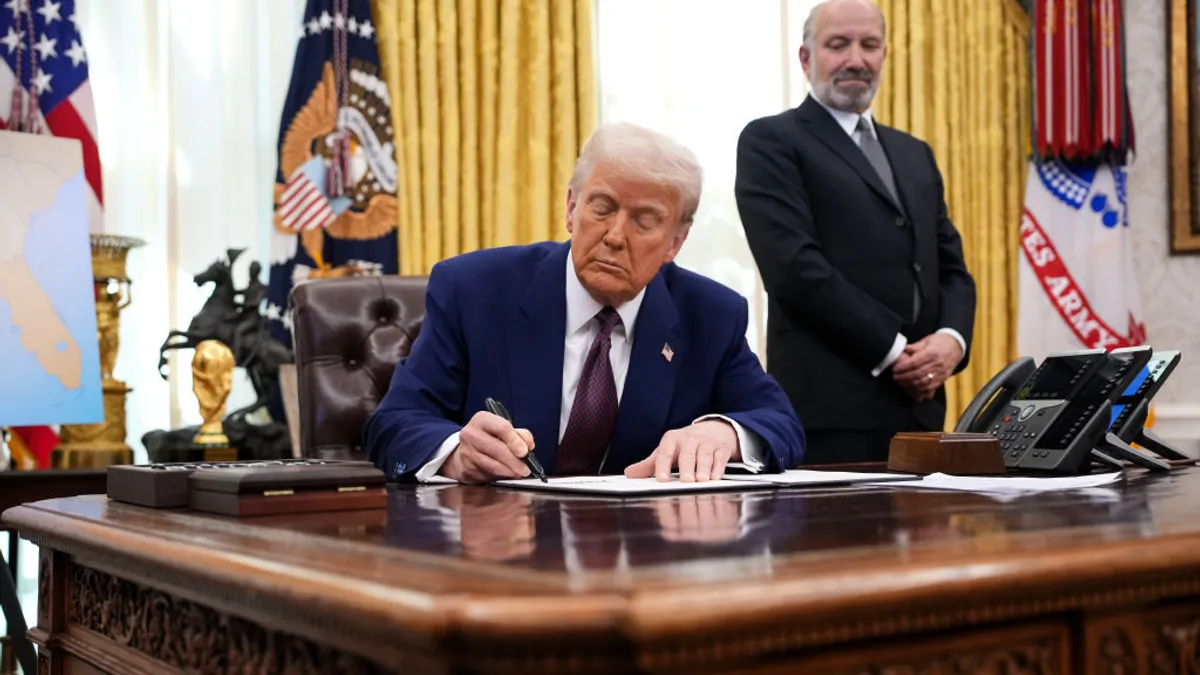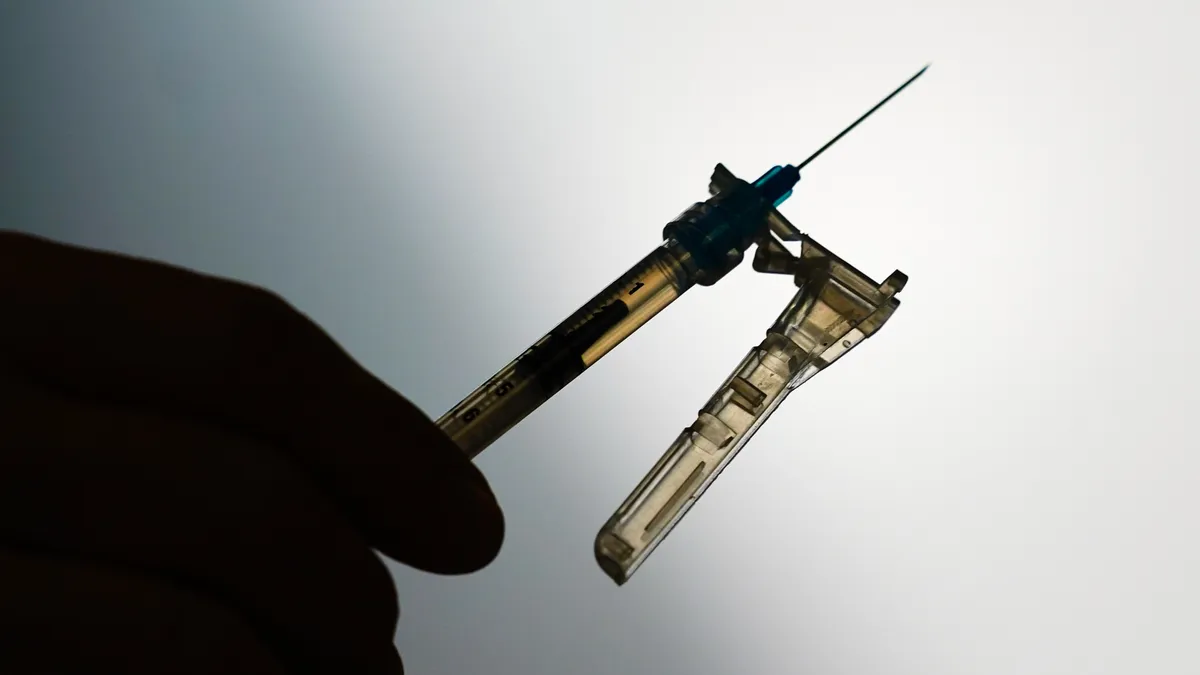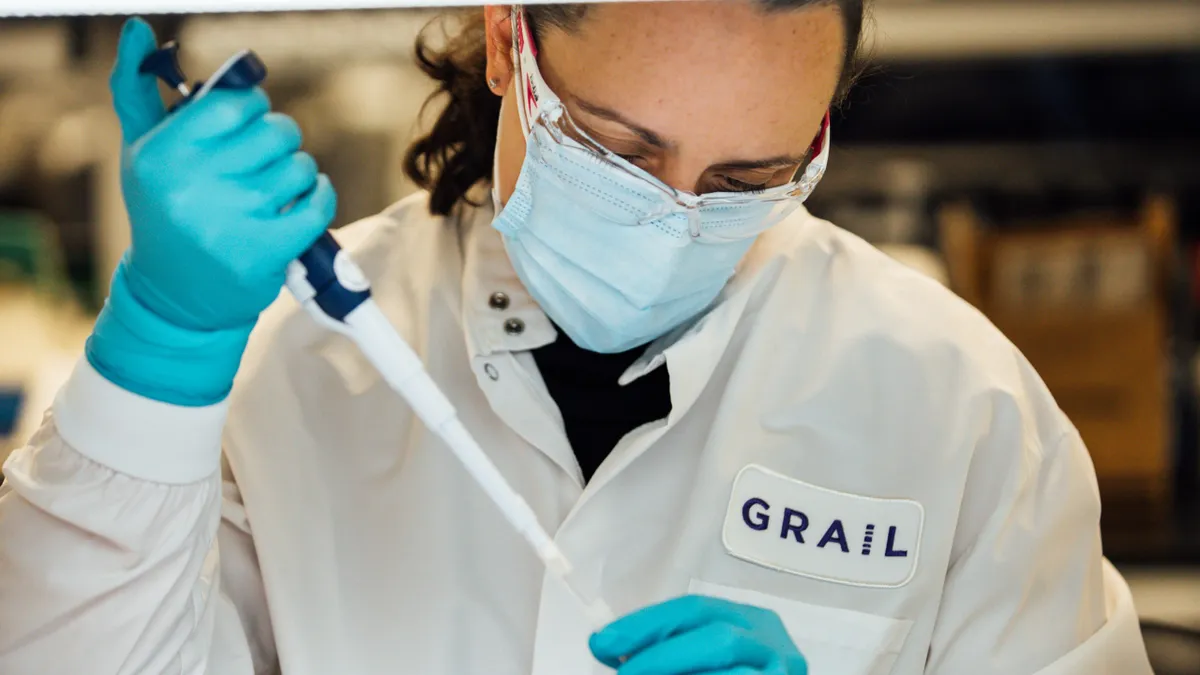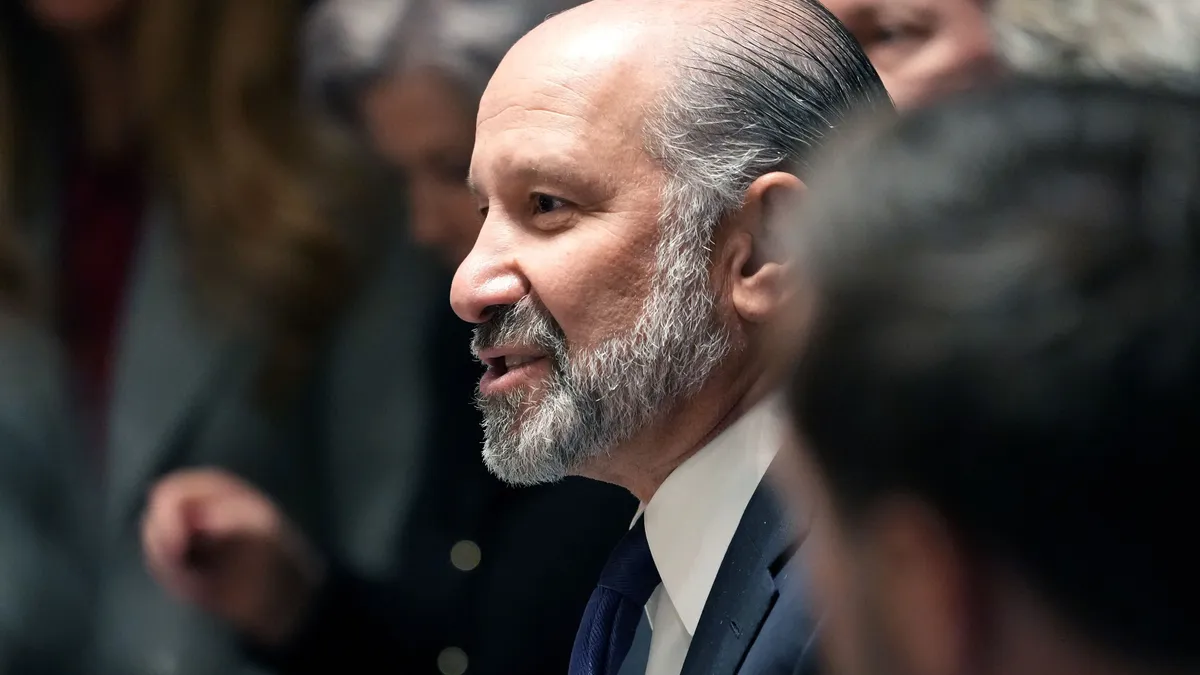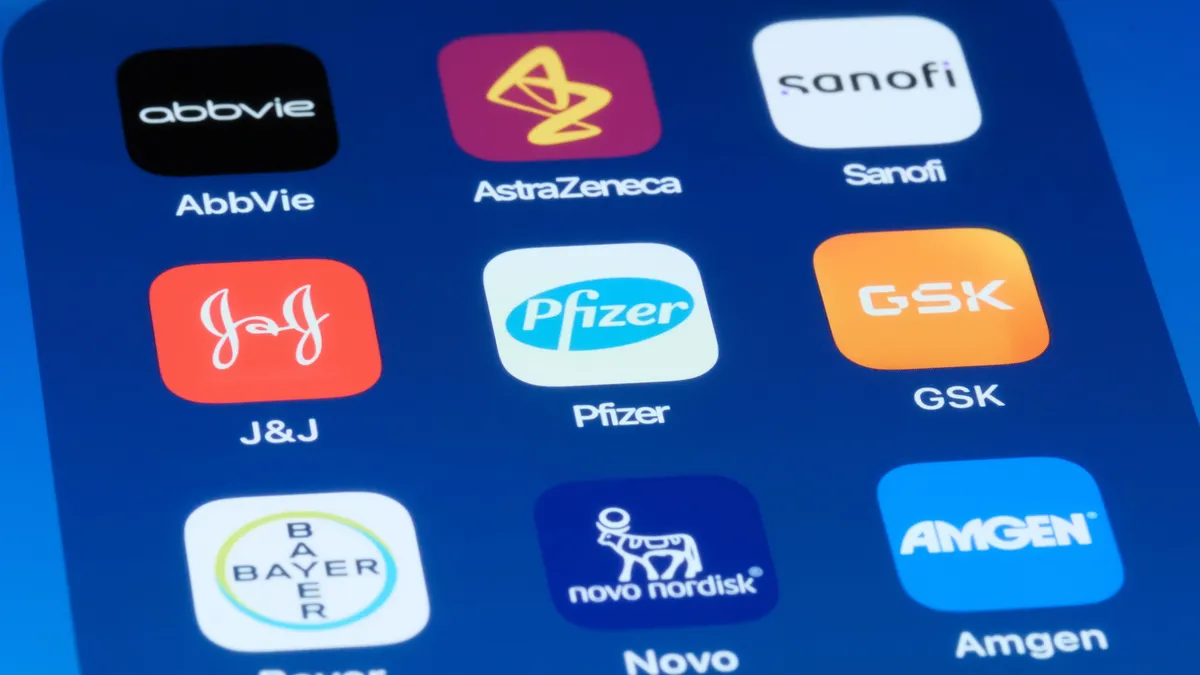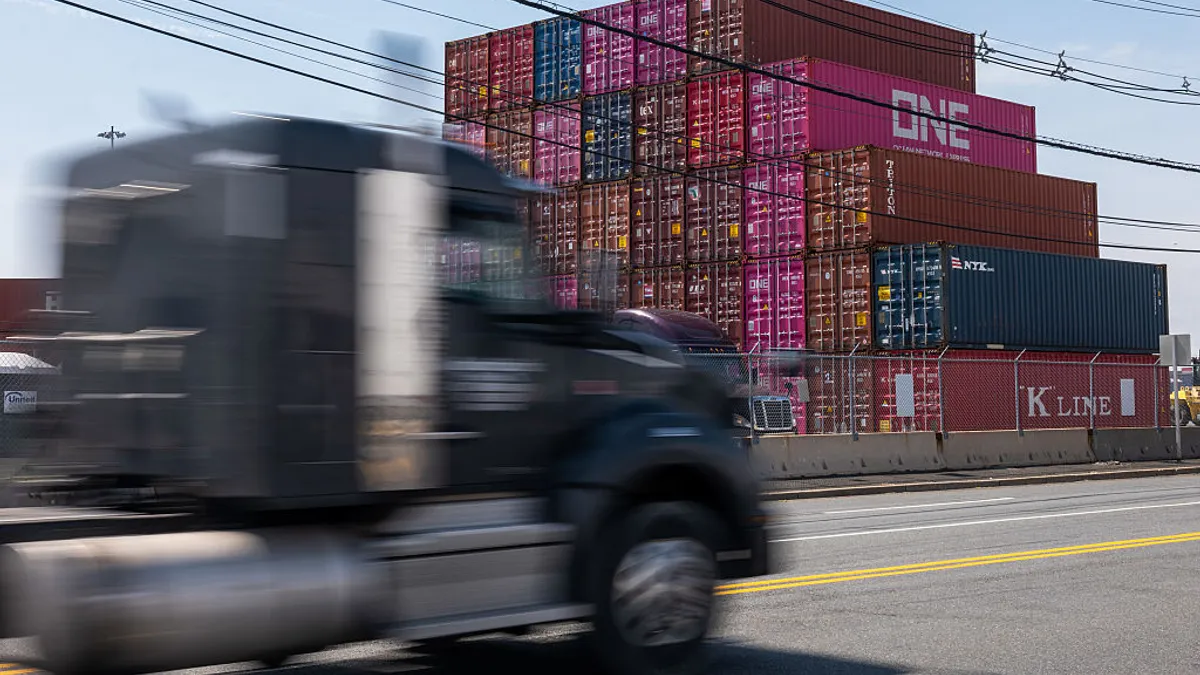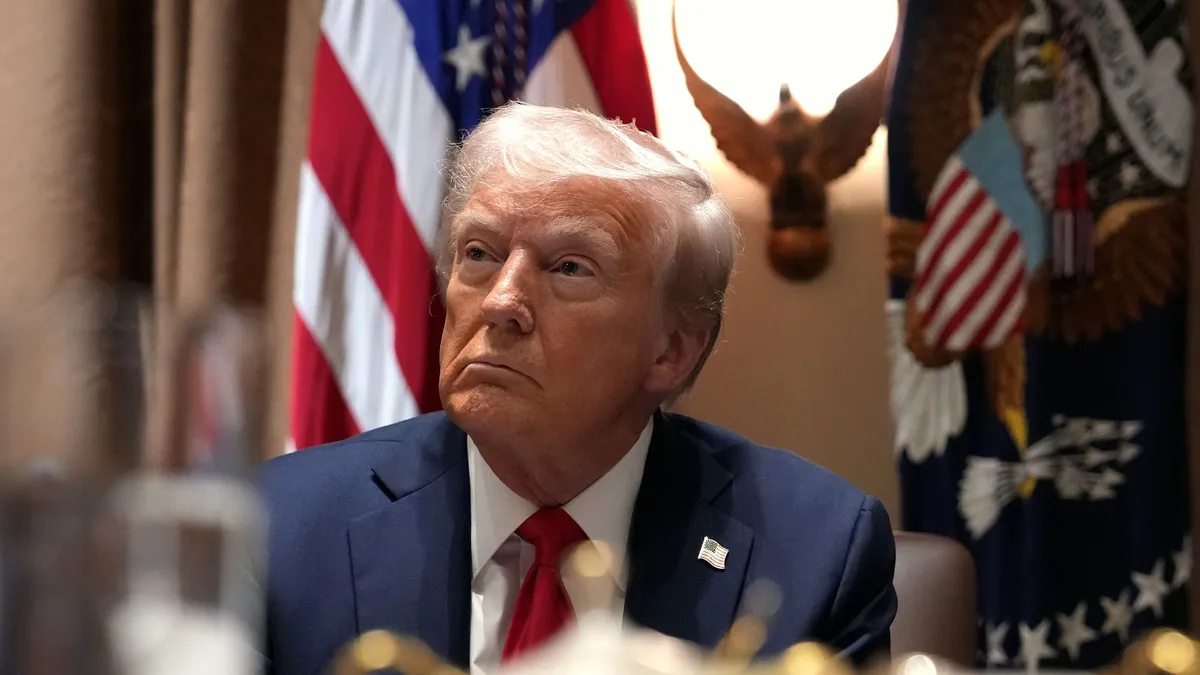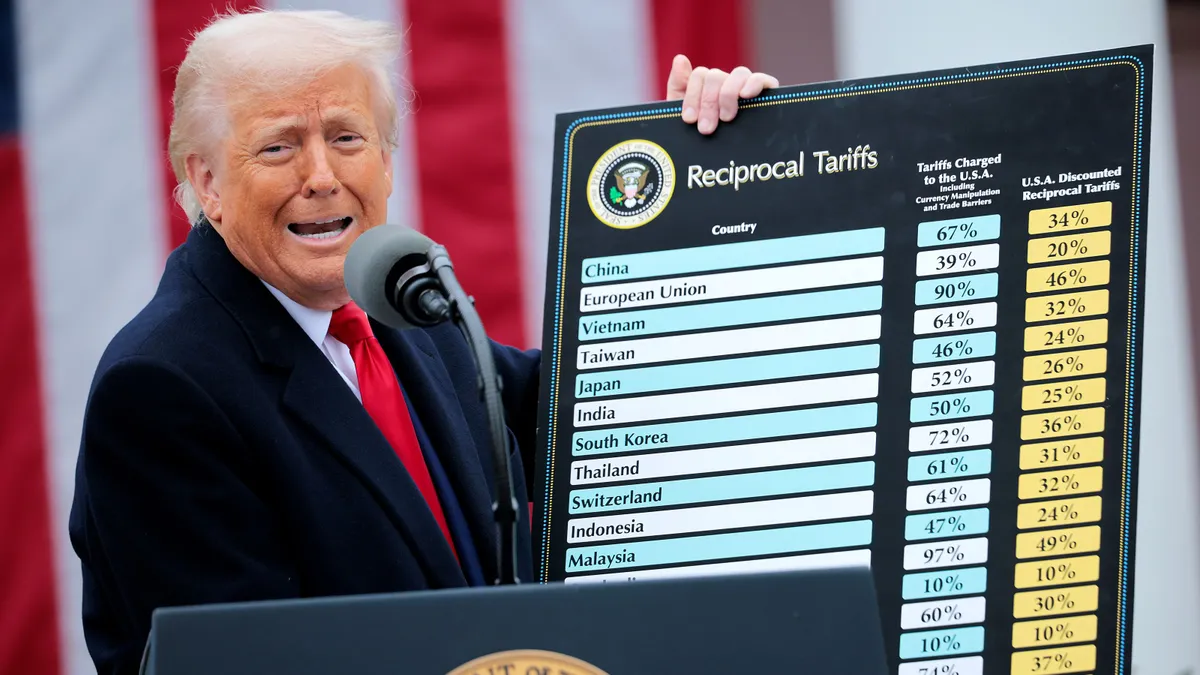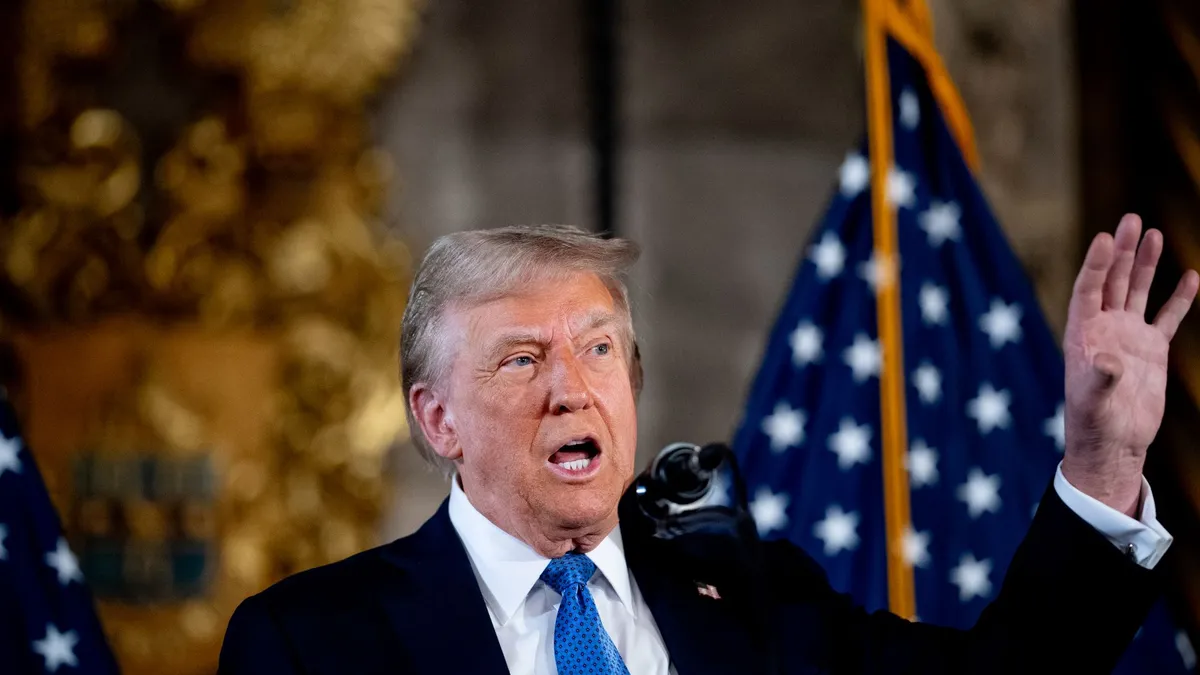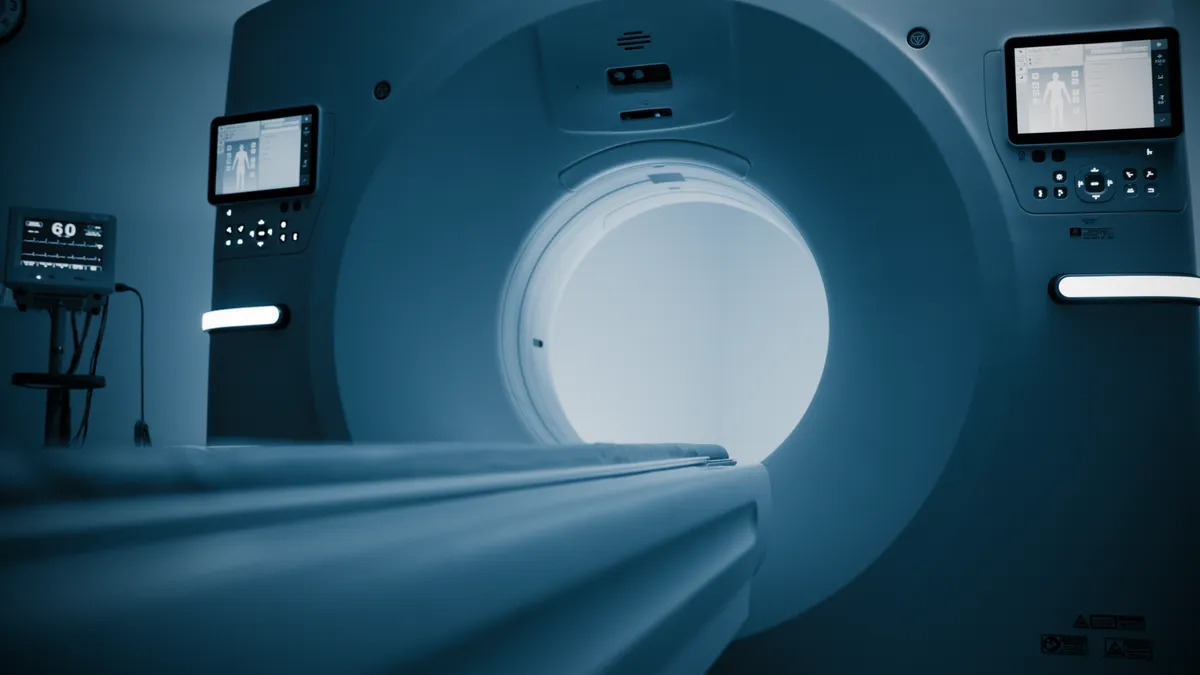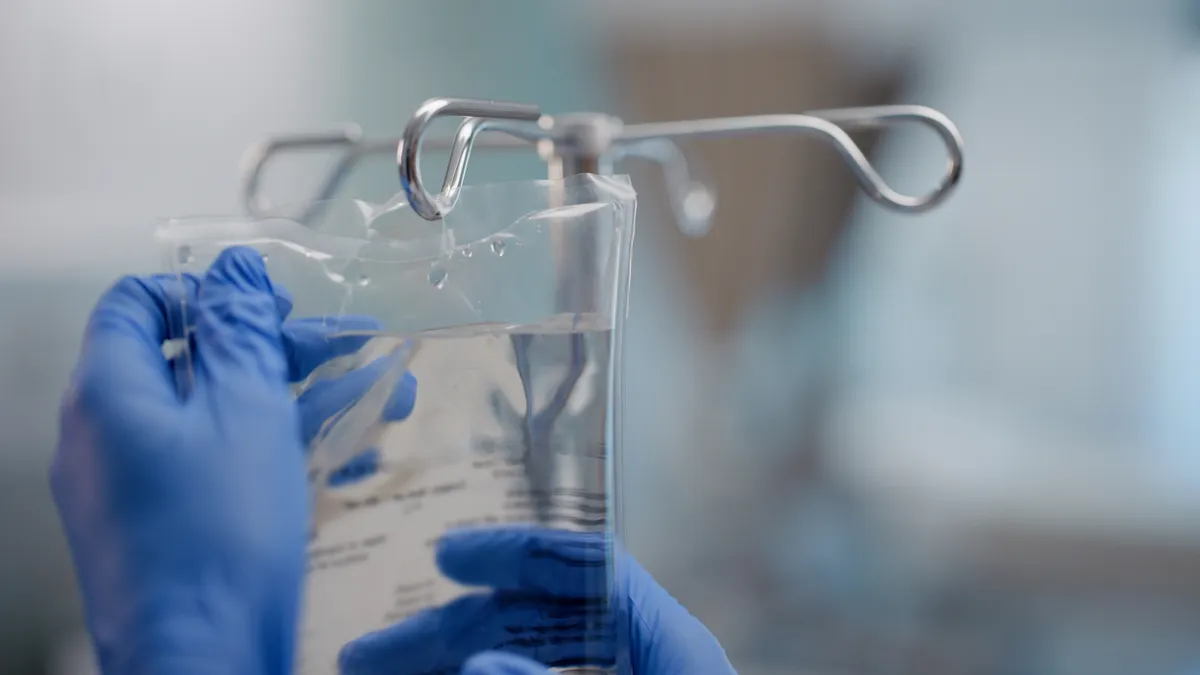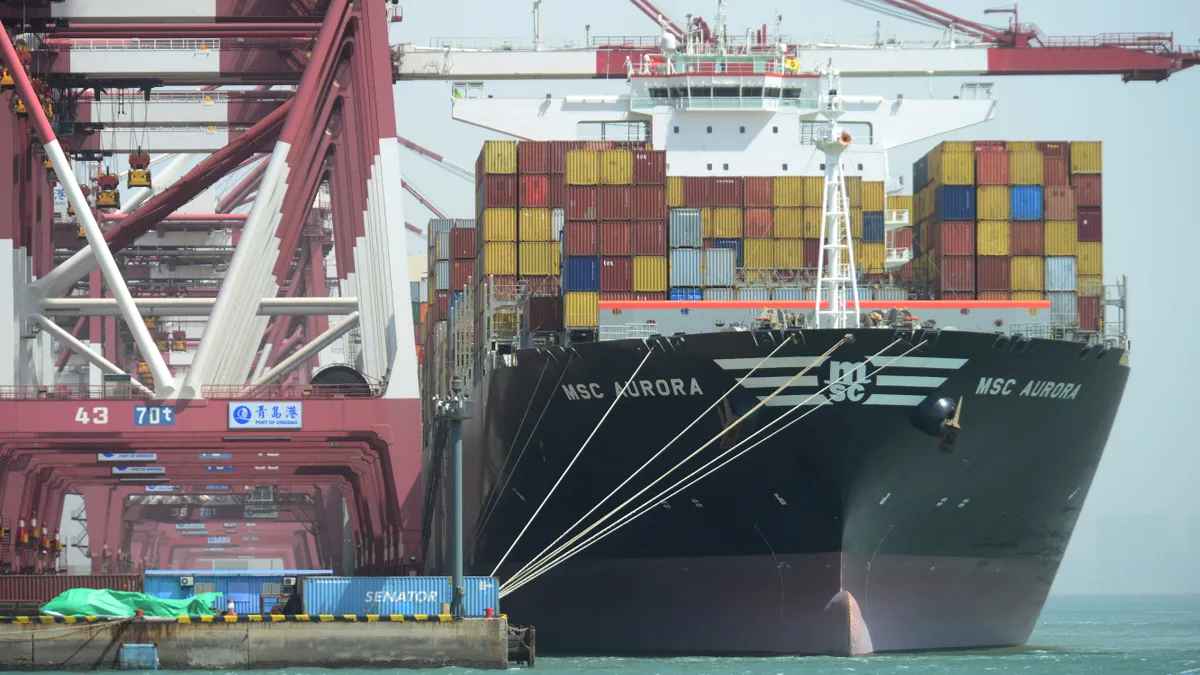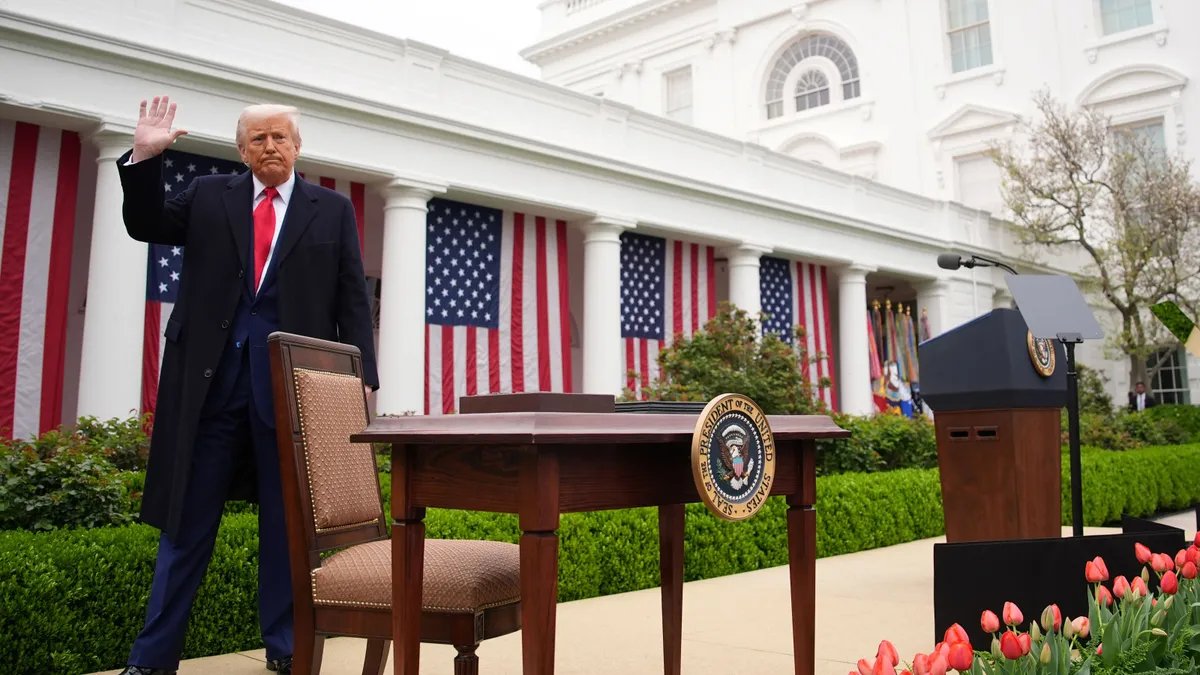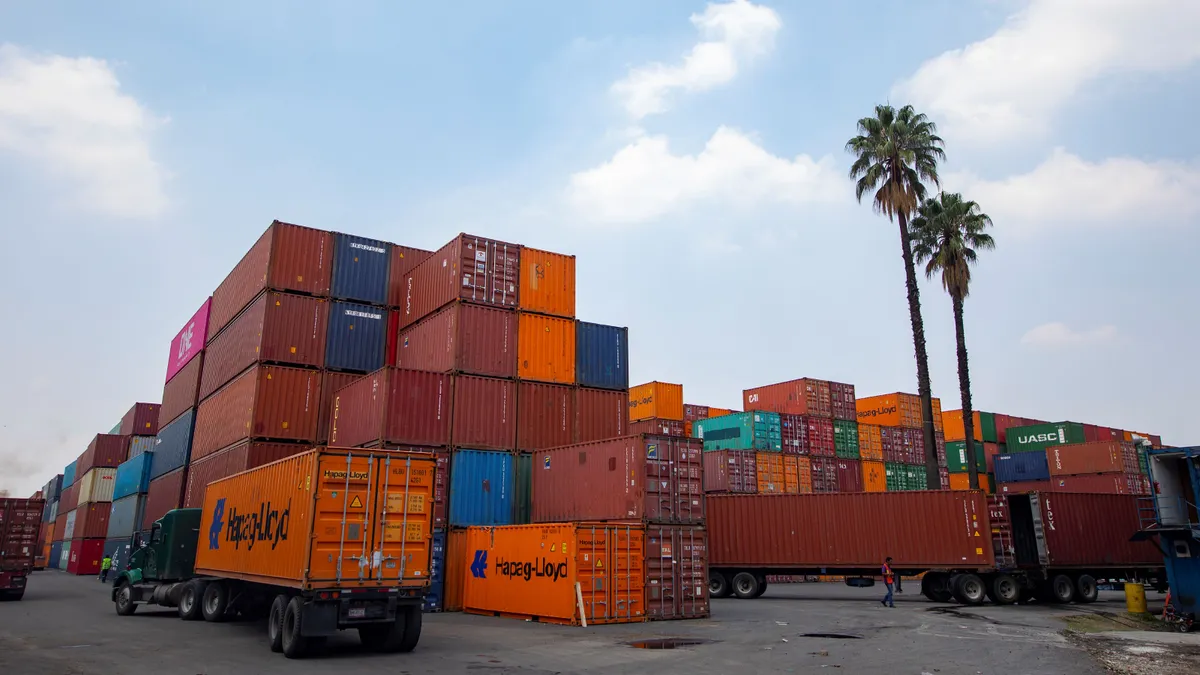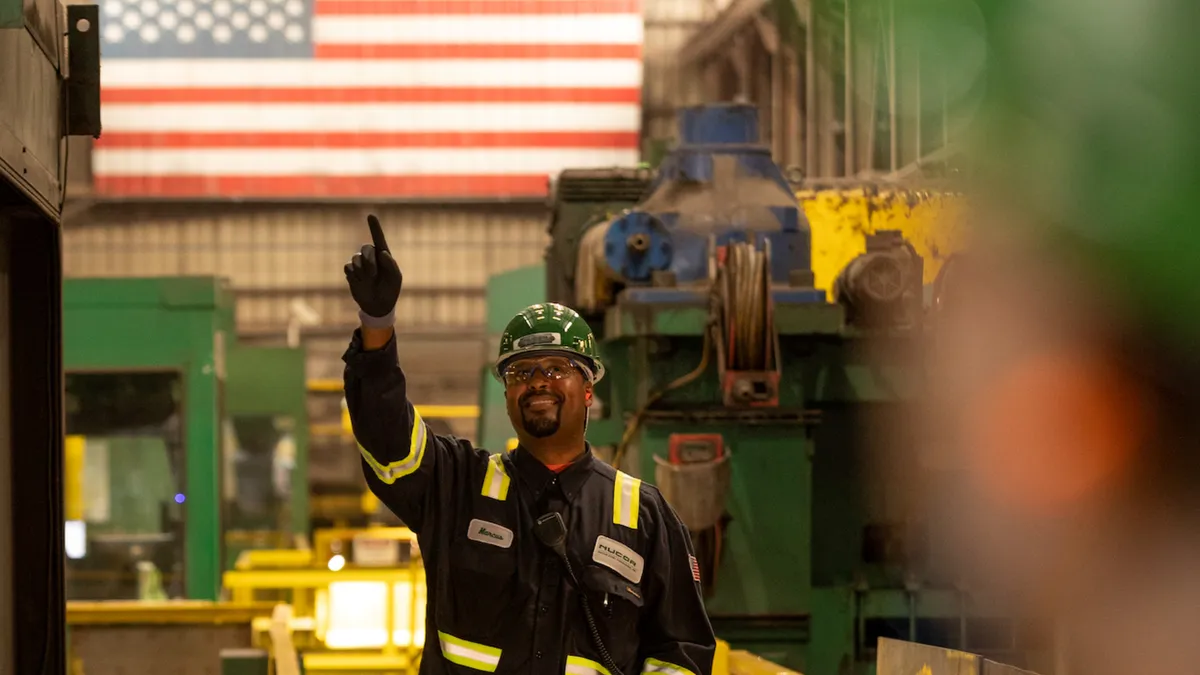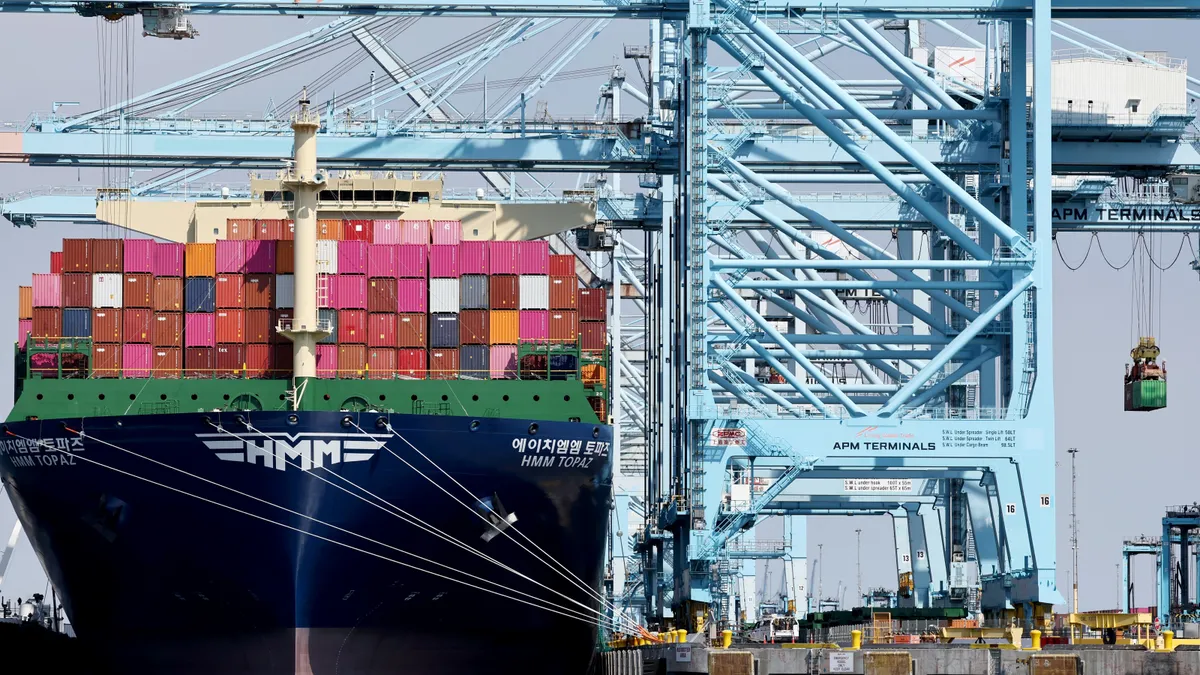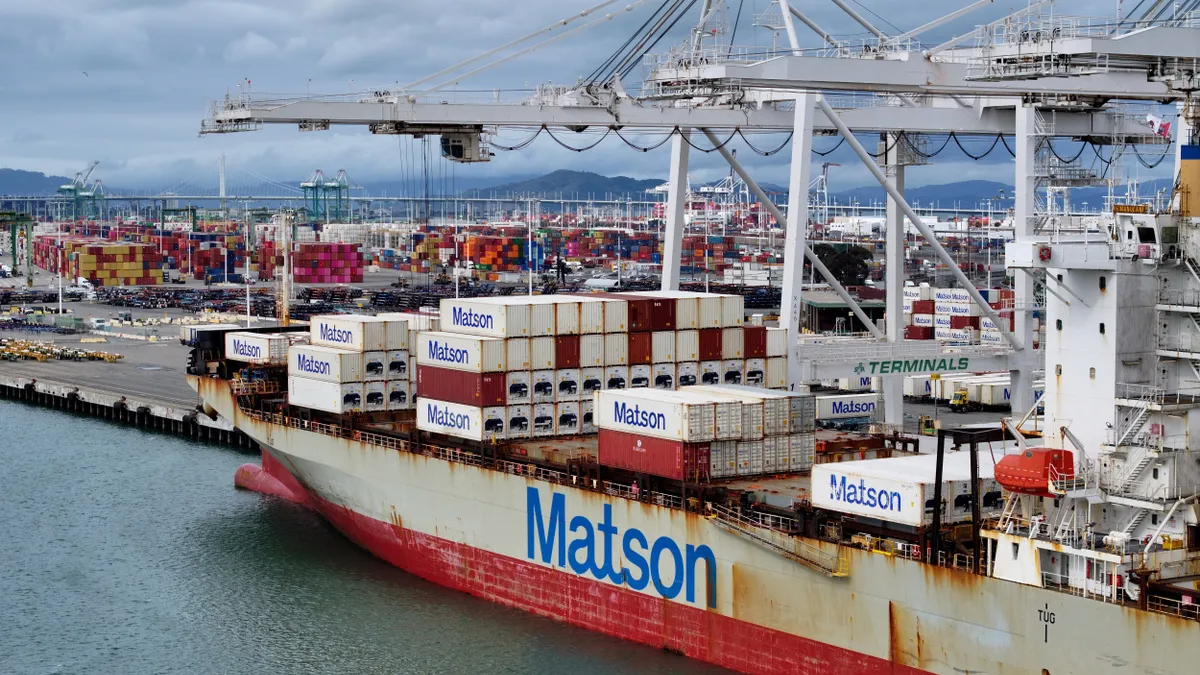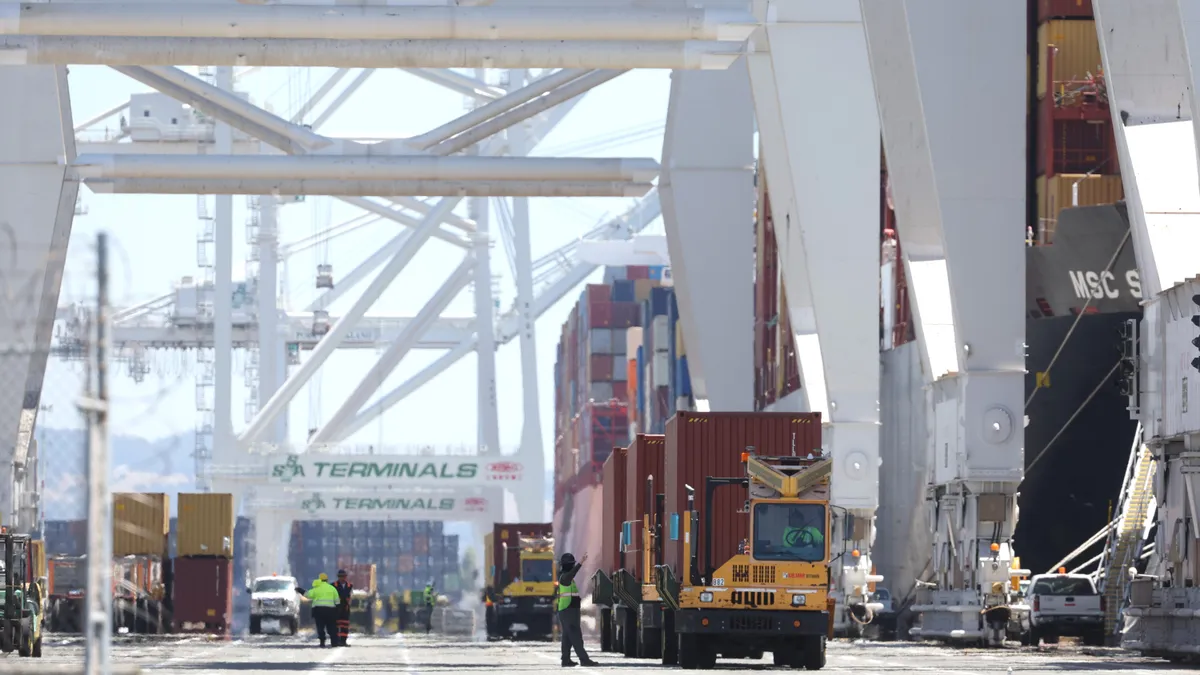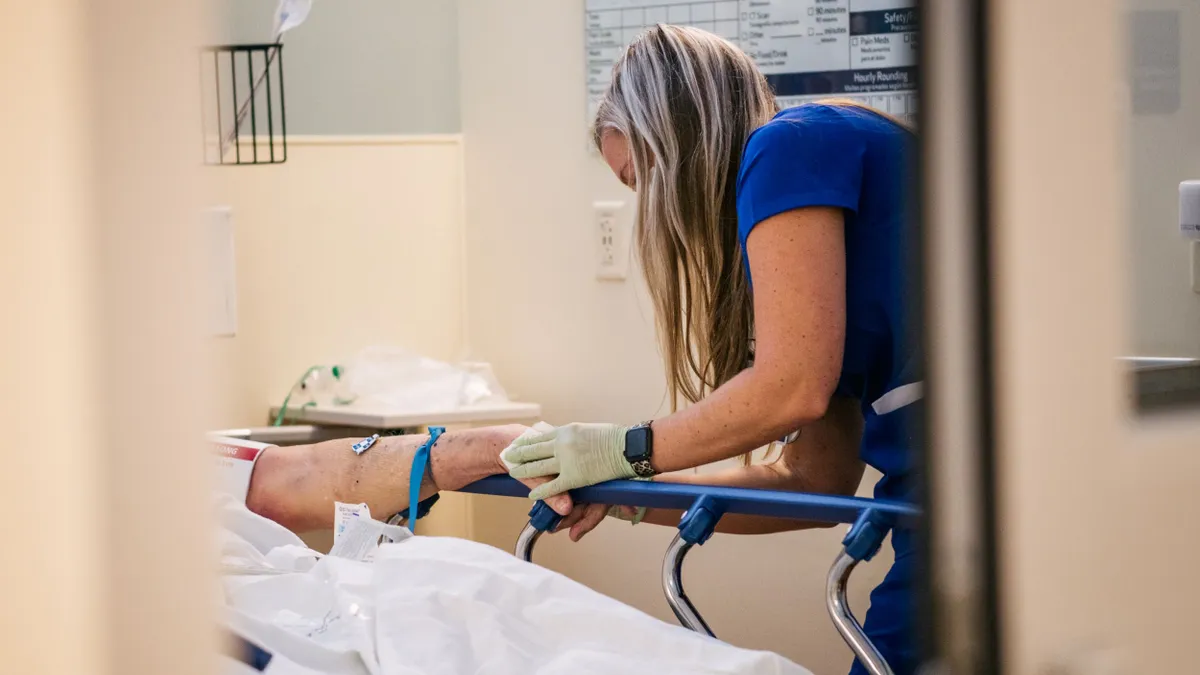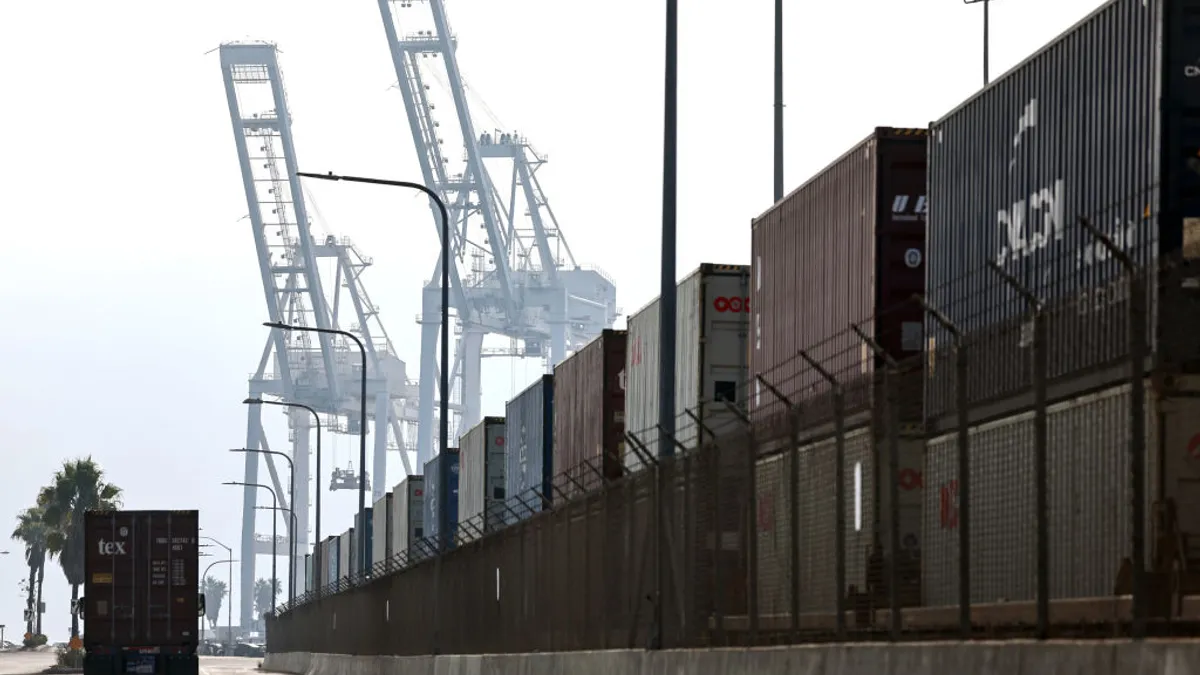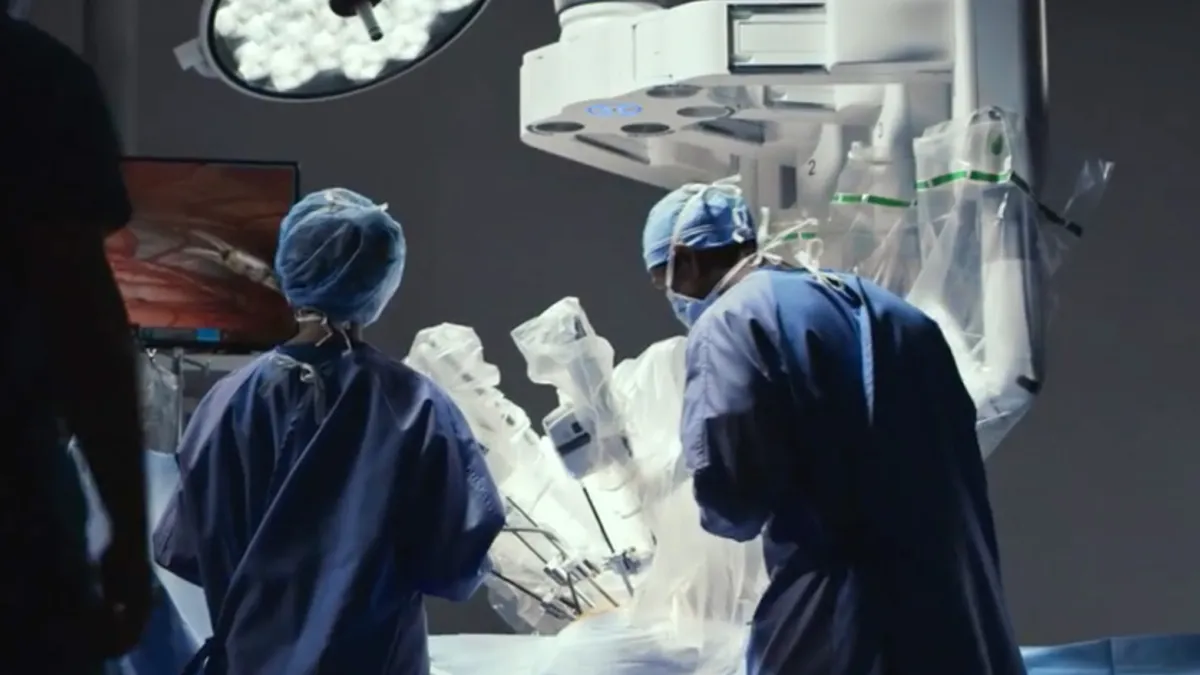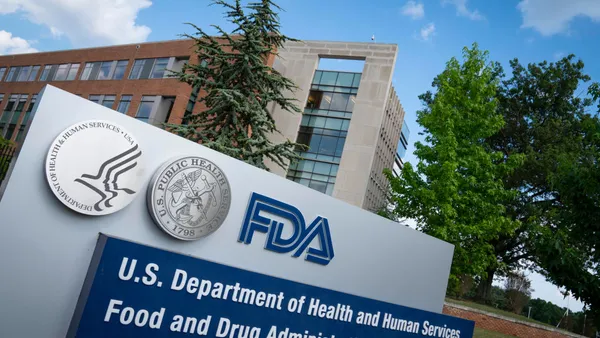Few medtech companies have shared concrete plans for how they plan to mitigate the cost of President Donald Trump’s sweeping tariffs.
In early February, Trump raised tariffs on imports from China, and enacted new tariffs on products from Mexico and Canada, although the latter two were deferred for 30 days. Trump has also announced plans for reciprocal tariffs but shared few details.
Amid the back and forth, device firms shared few details in quarterly calls with investors about their plans for navigating tariffs.
Johnson & Johnson CEO Joaquin Duato said at the J.P. Morgan Healthcare Conference in January that “it’s difficult for me to estimate what’s going to happen,” adding that the company has worked with the past Trump administration and “we are looking forward to work with this administration too.”
J&J, whose medtech business alone brought in $31.86 billion last year, declined MedTech Dive’s request for comment on the impact of tariffs.
Wall Street analysts said medtech companies should be able to navigate the increased tariffs on goods from China, but potential levies on products from Mexico could have more of an effect. They also cautioned that retaliatory tariffs could affect companies’ sales.
“Generally, we haven't gotten a lot of details from companies about what they intend to do,” BTIG analyst Marie Thibault said in an interview. “I'm hoping that there will be a little bit more detail, since, unfortunately, we had to go through this exercise for at least a couple days.”
Shagun Singh, an analyst with RBC Capital Markets, added that the firm has spoken to most of the medtech companies it covers about tariffs, and “it seems like it is pretty manageable across the board.”
Regional impact
About 40% of medical devices in the U.S. are imported, J.P. Morgan analyst Robbie Marcus wrote in a Feb. 2 research note. Mexico is the largest supplier to the U.S., according to the note, followed by Germany, Ireland, Costa Rica and China.
The additional tariffs on products from China should have less of an impact on medtech companies than when the tariffs were introduced during Trump’s first term.
A local emphasis on “made in China,” and supply chain challenges during the COVID-19 pandemic led some companies to shift manufacturing to other countries, such as Malaysia, Vietnam and Thailand, Thibault said.
“Increasingly our companies are manufacturing locally to sell locally, and China is a very good example of that,” Singh added.
Siemens Healthineers CEO Bernd Montag commented on the China tariffs, telling investors on Feb. 6 that the firm is “very well positioned” because it has a twin factory setup, allowing the company to deliver products to China from China, and products to the U.S. from the U.S. and Europe.
If Trump’s proposed 25% tariffs on Canada and Mexico are enacted in March, the former isn’t expected to have much of an effect because few medtech companies manufacture in Canada. A levy on imports from Mexico, on the other hand, would affect “a decent portion of medtech companies,” Thibault said.
Companies with a significant presence in Mexico include Intuitive Surgical, which manufactures most of its instruments in Mexicali; dialysis firm Outset Medical, which makes consoles and many of its cartridges in Tijuana; and Teleflex, which has multiple facilities in Mexico. Teleflex expects an $80 million to $100 million hit to revenue on an annualized basis if the tariffs are enacted, RBC Capital Markets’ Singh wrote in a Feb. 10 research note.
Trump has also floated the idea of tariffs on the European Union, although he has not specified which products or countries would be affected.
“We hope that doesn't happen for the industry,” Thibault said. “If so, it would be a much broader impact because a lot of companies manufacture or have operations of some kind in Ireland.”
Trump has also called for “reciprocal tariffs,” although details are sparse. To start, the White House has requested studies to determine the appropriate level of tariffs for each country by April 1.
Singh said most medtech companies are global and sell in other countries, even if the U.S. is the largest market.
“The situation is dynamic,” Singh said. “There could be retaliation.”
DNA sequencing company Illumina was placed on China’s unreliable entity list in early February after the latest tariffs were announced, a move a supply chain expert said appeared “very strategic.” In an earnings call, CEO Jacob Thaysen said China makes up about 7% of Illumina’s total revenue, and the company hopes to “get a resolution as fast as possible.”
Mitigation strategies
Shifting entire manufacturing facilities is not a practical solution for most medtech firms, given that the duration of the tariffs is unknown.
Thibault estimated that building a new facility takes 18 to 24 months of construction at minimum, and costs “tens of millions of dollars.”
For companies with multiple sources for a specific product, turning to other suppliers could be an option. Singh listed Outset Medical as an example, noting that they have a second-source supplier in Southeast Asia.
Medical device firms can pass along increased costs through higher prices, Singh said. Devices typically make up a smaller percentage of a procedure’s total cost, and medtech companies have been able to negotiate higher prices with hospital customers in recent years with inflation, Singh added.
Thibault hopes that an exemption could come into play for medical devices, adding that the industry has traditionally enjoyed bipartisan support. Trade group Advamed has lobbied for an exemption.
“We’re hoping that this will come to fruition for them,” Thibault said. “And we would expect that the industry would be ready to have some mitigating options.”


